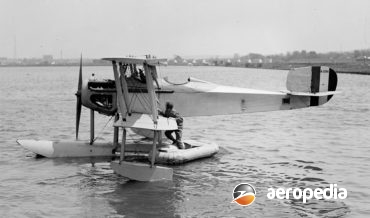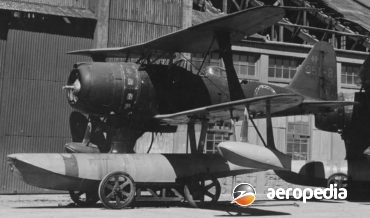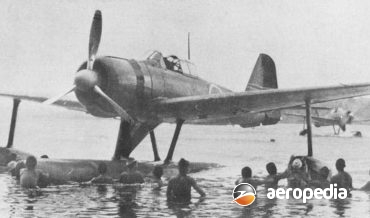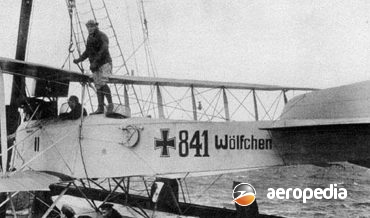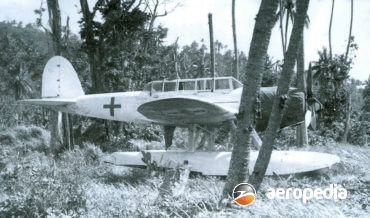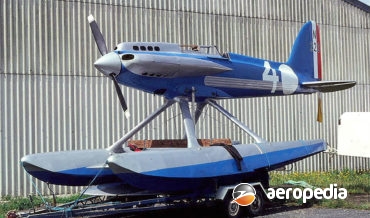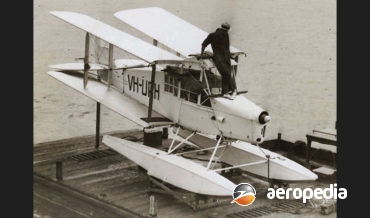All Contents
Contents
The VE-7H was a general reconnaissance and communications aircraft designed for the US military by Lewis & Vought of Long Island, New York.
David C. Eyre
- May 19, 2019
In the 1930s, as part of its interest in the Pacific region, Japan saw the need for floatplanes to operate from sheltered waters of the south Pacific islands in its future campaigns.
David C. Eyre
- May 19, 2019
Single-engine fighter and fighter-bomber seaplaneDue to the lack of available airstrips on some of the islands Japanese forces were taking during World War II it was decided to develop a floatplane fighter version of the Mitsubishi A6M Zero-Sen fighter, and, as Mitsubishi was fully involved in producing the land-based variant,
David C. Eyre
- May 19, 2019
Friedrichshafen Flugzeugbau GmbH was founded in 1912 in the town of that name on Lake Bodensee, this area being famous for its construction of the Zeppelin airships.
David C. Eyre
- May 19, 2019
In 1937 the Japanese Navy sought the design of a three-seat reconnaissance floatplane, and a specification was issued to a number of aircraft manufacturing companies.
David C. Eyre
- May 19, 2019
The S-5 was one of a series of racing aircraft designed by R J Mitchell (designer of the Spitfire) in the 1920s, this aircraft being designed and built for the 1927 Schneider Trophy Race to replace the S-4 which crashed during trials.
David C. Eyre
- May 8, 2019
As noted in the Genairco article, General Aircraft was taken over by Tugan Aircraft. A special seaplane variant was built for Rabaul Airways and became VH-URH (c/n 1 or TA-1).
David C. Eyre
- May 8, 2019
Recent Comments
Archives
Categories
- No categories
Categories
- No categories
Latest Posts
Newsletter

